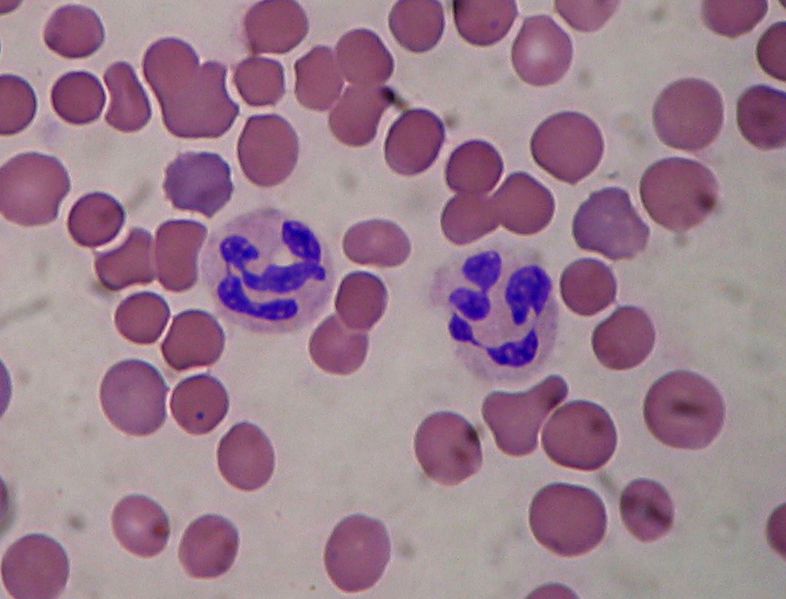-
 Total eclipse
Total eclipse
-
 Thermoplastic
Thermoplastic
-
 Private key
Private key
-
 Pont Farin
Pont Farin
-
 Mars Odyssey
Mars Odyssey
-
 AES/EBU
AES/EBU
-
 Newtonian mechanics
Newtonian mechanics
-
 Molecular phylogeny
Molecular phylogeny
-
 Palmer Drought Severity Index
Palmer Drought Severity Index
-
 Isotopologue
Isotopologue
-
 Planck satellite
Planck satellite
-
 Group velocity
Group velocity
-
 Panspermia
Panspermia
-
 Energy requirements
Energy requirements
-
 Gene
Gene
-
 European brown bear
European brown bear
-
 Lava
Lava
-
 Spectrometer
Spectrometer
-
 Watt
Watt
-
 Gondwana
Gondwana
-
 Hyakutake's comet
Hyakutake's comet
-
 Coelacanth
Coelacanth
-
 Constellation of Andromeda
Constellation of Andromeda
-
 Ketohexose
Ketohexose
-
 Caecum
Caecum
-
 Oncogene
Oncogene
-
 Taxonomy
Taxonomy
-
 Omentum
Omentum
-
 Leukoaraiosis
Leukoaraiosis
-
 Asynchronous
Asynchronous
Granulocyte
A granulocyte is also known as a polynucleated cell (because it was considered to have several nuclei), and is a white blood cell.
Structure of granulocytes
Granulocytes have large polylobulated nuclei to the extent that when examined on microscopy they look as though they have several nuclear. In reality they only have one.
The cells are produced from differentiation of haemopoietic cells into myeloblasts although the granulocytes are themselves the precursors of three types of white cells (or leukocytes) which react differently depending on stain types (neutral, basic or eosinophilic).
Function of granulocytes
Granulocytes are classified into three categories:
- neutrophils which respond to neutral stains and which have a phagocytic function;
- basophils, which respond to basic stains and which produce histamine (protein involved in the inflammatory reaction and in allergies);
- and eosinophils which stain with eosin and which combat parasites by emptying the enzymes contained in their granules.
 A granulocyte (here a neutrophil surrounded by red blood cells) has a polylobulated nucleus. © Salvadorjo, Wikimedia, GFDL 1.2
A granulocyte (here a neutrophil surrounded by red blood cells) has a polylobulated nucleus. © Salvadorjo, Wikimedia, GFDL 1.2
Latest
Fill out my online form.



